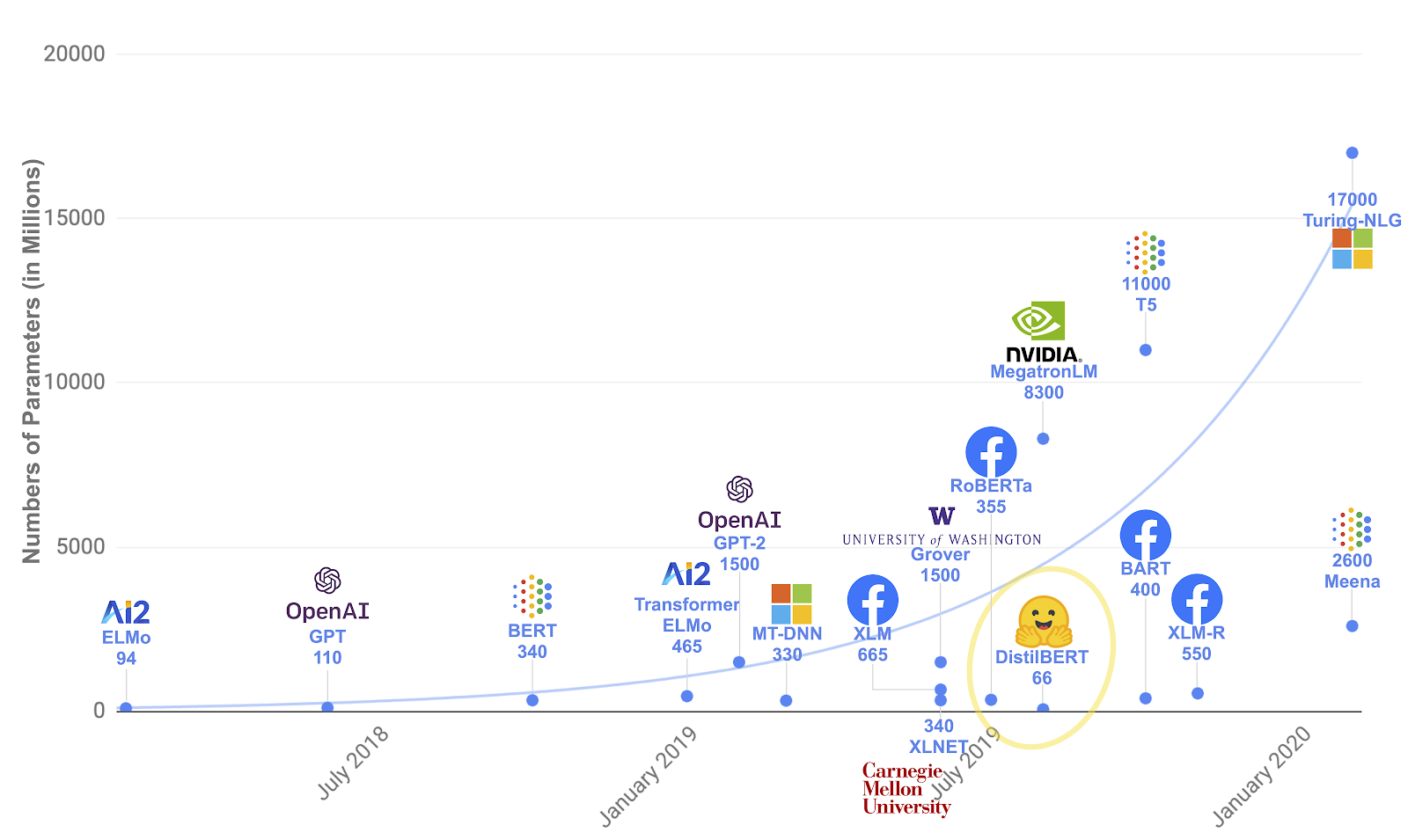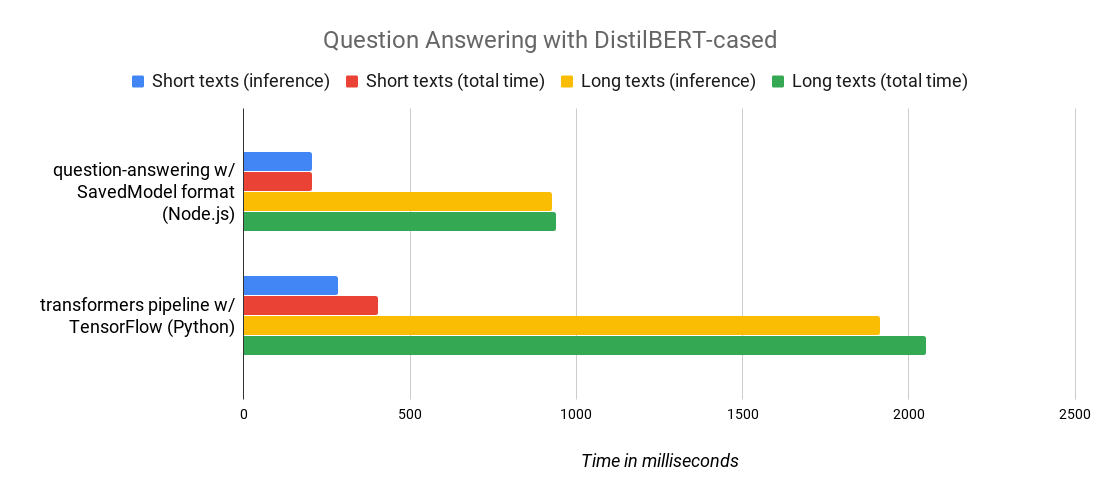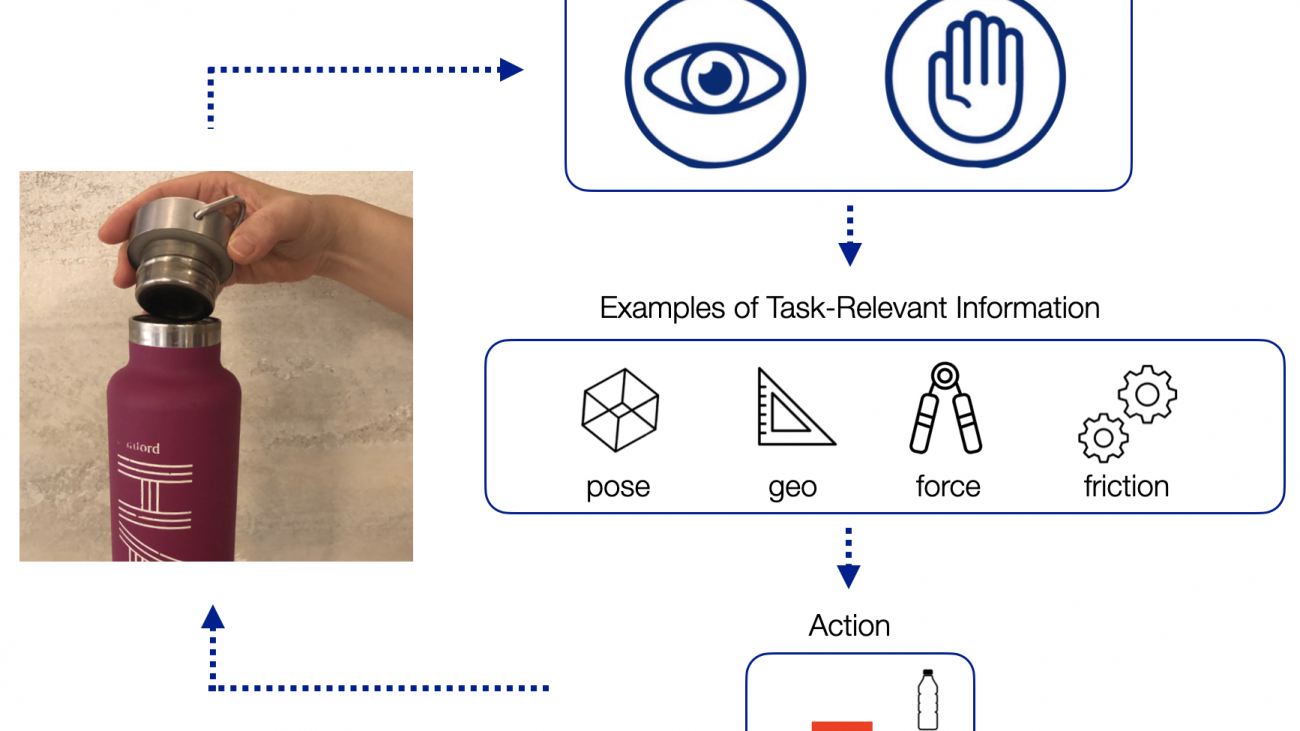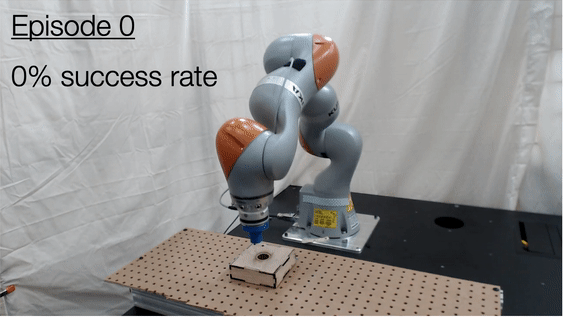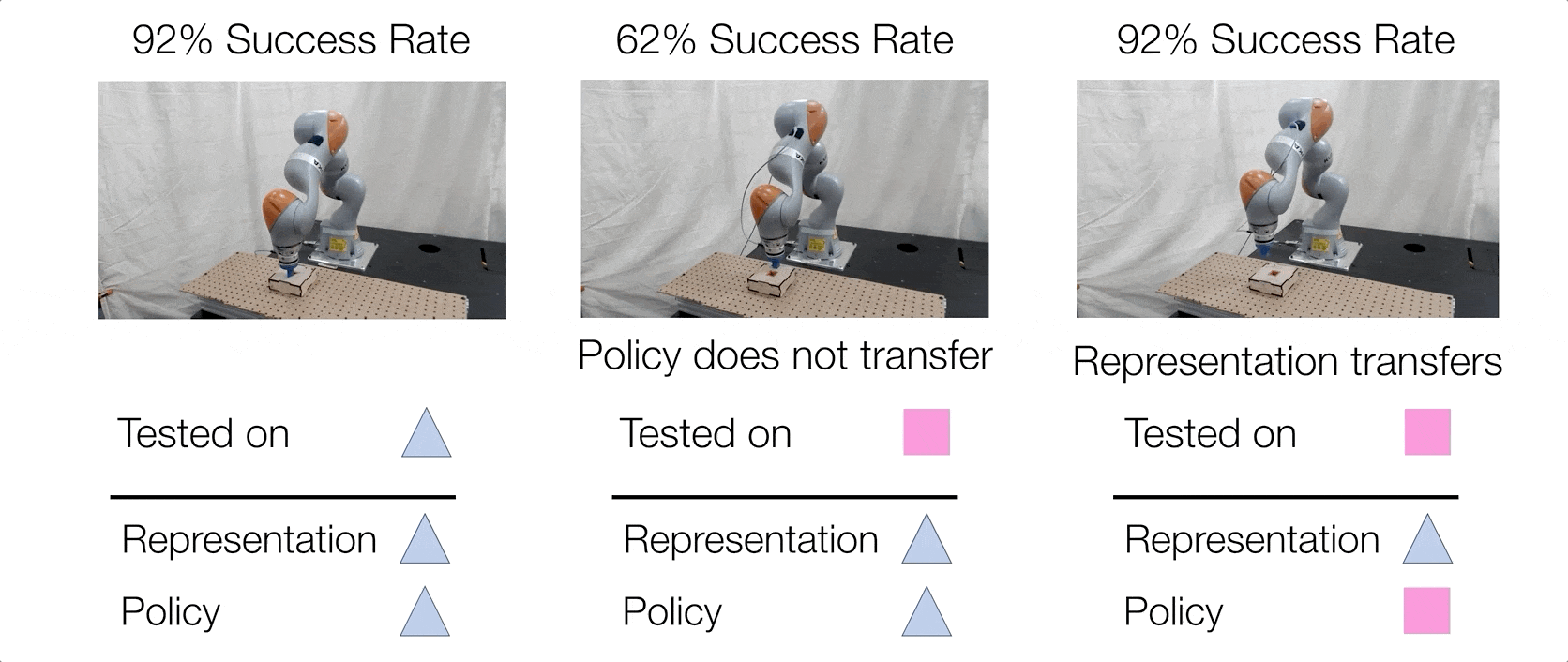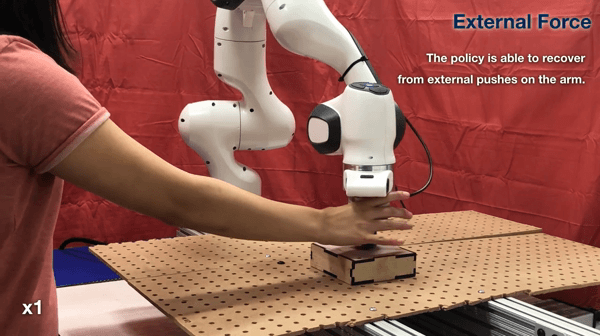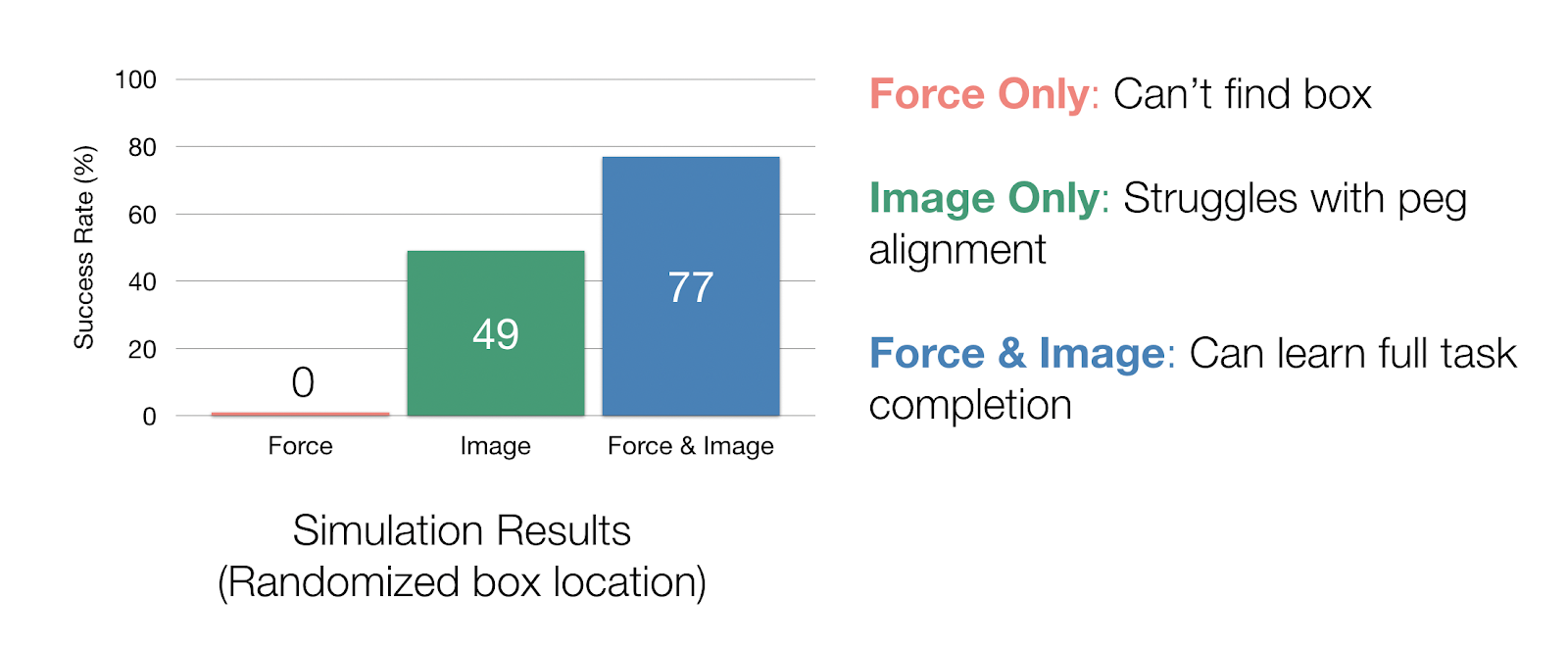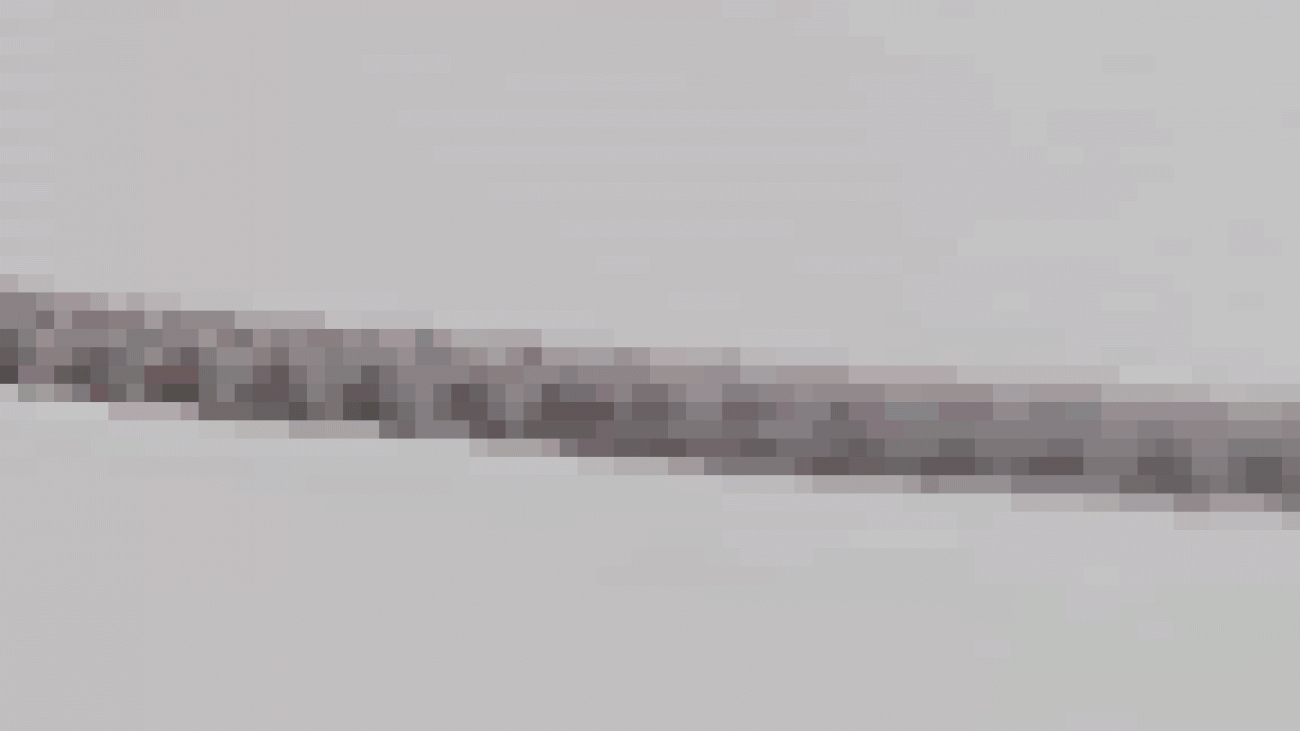Artificial intelligence could play a decisive role in stopping the Covid-19 pandemic. To give the technology a push, the MIT-IBM Watson AI Lab is funding 10 projects at MIT aimed at advancing AI’s transformative potential for society. The research will target the immediate public health and economic challenges of this moment. But it could have a lasting impact on how we evaluate and respond to risk long after the crisis has passed. The 10 research projects are highlighted below.
Early detection of sepsis in Covid-19 patients
Sepsis is a deadly complication of Covid-19, the disease caused by the new coronavirus SARS-CoV-2. About 10 percent of Covid-19 patients get sick with sepsis within a week of showing symptoms, but only about half survive.
Identifying patients at risk for sepsis can lead to earlier, more aggressive treatment and a better chance of survival. Early detection can also help hospitals prioritize intensive-care resources for their sickest patients. In a project led by MIT Professor Daniela Rus, researchers will develop a machine learning system to analyze images of patients’ white blood cells for signs of an activated immune response against sepsis.
Designing proteins to block SARS-CoV-2
Proteins are the basic building blocks of life, and with AI, researchers can explore and manipulate their structures to address longstanding problems. Take perishable food: The MIT-IBM Watson AI Lab recently used AI to discover that a silk protein made by honeybees could double as a coating for quick-to-rot foods to extend their shelf life.
In a related project led by MIT professors Benedetto Marelli and Markus Buehler, researchers will enlist the protein-folding method used in their honeybee-silk discovery to try to defeat the new coronavirus. Their goal is to design proteins able to block the virus from binding to human cells, and to synthesize and test their unique protein creations in the lab.
Saving lives while restarting the U.S. economy
Some states are reopening for business even as questions remain about how to protect those most vulnerable to the coronavirus. In a project led by MIT professors Daron Acemoglu, Simon Johnson and Asu Ozdaglar will model the effects of targeted lockdowns on the economy and public health.
In a recent working paper co-authored by Acemoglu, Victor Chernozhukov, Ivan Werning, and Michael Whinston, MIT economists analyzed the relative risk of infection, hospitalization, and death for different age groups. When they compared uniform lockdown policies against those targeted to protect seniors, they found that a targeted approach could save more lives. Building on this work, researchers will consider how antigen tests and contact tracing apps can further reduce public health risks.
Which materials make the best face masks?
Massachusetts and six other states have ordered residents to wear face masks in public to limit the spread of coronavirus. But apart from the coveted N95 mask, which traps 95 percent of airborne particles 300 nanometers or larger, the effectiveness of many masks remains unclear due to a lack of standardized methods to evaluate them.
In a project led by MIT Associate Professor Lydia Bourouiba, researchers are developing a rigorous set of methods to measure how well homemade and medical-grade masks do at blocking the tiny droplets of saliva and mucus expelled during normal breathing, coughs, or sneezes. The researchers will test materials worn alone and together, and in a variety of configurations and environmental conditions. Their methods and measurements will determine how well materials protect mask wearers and the people around them.
Treating Covid-19 with repurposed drugs
As Covid-19’s global death toll mounts, researchers are racing to find a cure among already-approved drugs. Machine learning can expedite screening by letting researchers quickly predict if promising candidates can hit their target.
In a project led by MIT Assistant Professor Rafael Gomez-Bombarelli, researchers will represent molecules in three dimensions to see if this added spatial information can help to identify drugs most likely to be effective against the disease. They will use NASA’s Ames and U.S. Department of Energy’s NSERC supercomputers to further speed the screening process.
A privacy-first approach to automated contact tracing
Smartphone data can help limit the spread of Covid-19 by identifying people who have come into contact with someone infected with the virus, and thus may have caught the infection themselves. But automated contact tracing also carries serious privacy risks.
In collaboration with MIT Lincoln Laboratory and others, MIT researchers Ronald Rivest and Daniel Weitzner will use encrypted Bluetooth data to ensure personally identifiable information remains anonymous and secure.
Overcoming manufacturing and supply hurdles to provide global access to a coronavirus vaccine
A vaccine against SARS-CoV-2 would be a crucial turning point in the fight against Covid-19. Yet, its potential impact will be determined by the ability to rapidly and equitably distribute billions of doses globally. This is an unprecedented challenge in biomanufacturing.
In a project led by MIT professors Anthony Sinskey and Stacy Springs, researchers will build data-driven statistical models to evaluate tradeoffs in scaling the manufacture and supply of vaccine candidates. Questions include how much production capacity will need to be added, the impact of centralized versus distributed operations, and how to design strategies for fair vaccine distribution. The goal is to give decision-makers the evidence needed to cost-effectively achieve global access.
Leveraging electronic medical records to find a treatment for Covid-19
Developed as a treatment for Ebola, the anti-viral drug remdesivir is now in clinical trials in the United States as a treatment for Covid-19. Similar efforts to repurpose already-approved drugs to treat or prevent the disease are underway.
In a project led by MIT professors Roy Welsch and Stan Finkelstein, researchers will use statistics, machine learning, and simulated clinical drug trials to find and test already-approved drugs as potential therapeutics against Covid-19. Researchers will sift through millions of electronic health records and medical claims for signals indicating that drugs used to fight chronic conditions like hypertension, diabetes, and gastric influx might also work against Covid-19 and other diseases.
Finding better ways to treat Covid-19 patients on ventilators
Troubled breathing from acute respiratory distress syndrome is one of the complications that brings Covid-19 patients to the ICU. There, life-saving machines help patients breathe by mechanically pumping oxygen into the lungs. But even as towns and cities lower their Covid-19 infections through social distancing, there remains a national shortage of mechanical ventilators and serious health risks of ventilation itself.
In collaboration with IBM researchers Zach Shahn and Daby Sow, MIT researchers Li-Wei Lehman and Roger Mark will develop an AI tool to help doctors find better ventilator settings for Covid-19 patients and decide how long to keep them on a machine. Shortened ventilator use can limit lung damage while freeing up machines for others. To build their models, researchers will draw on data from intensive-care patients with acute respiratory distress syndrome, as well as Covid-19 patients at a local Boston hospital.
Returning to normal via targeted lockdowns, personalized treatments, and mass testing
In a few short months, Covid-19 has devastated towns and cities around the world. Researchers are now piecing together the data to understand how government policies can limit new infections and deaths and how targeted policies might protect the most vulnerable.
In a project led by MIT Professor Dimitris Bertsimas, researchers will study the effects of lockdowns and other measures meant to reduce new infections and deaths and prevent the health-care system from being swamped. In a second phase of the project, they will develop machine learning models to predict how vulnerable a given patient is to Covid-19, and what personalized treatments might be most effective. They will also develop an inexpensive, spectroscopy-based test for Covid-19 that can deliver results in minutes and pave the way for mass testing. The project will draw on clinical data from four hospitals in the United States and Europe, including Codogno Hospital, which reported Italy’s first infection.


